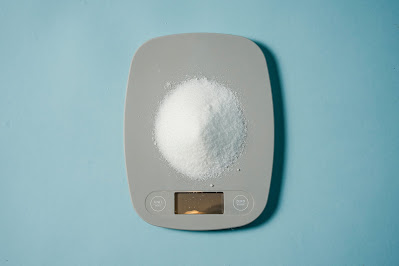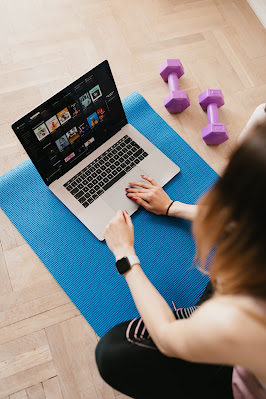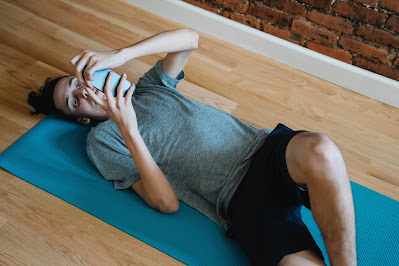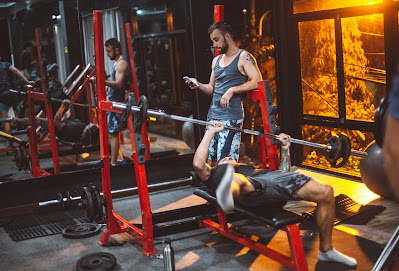Fitness: More Than Just a Workout
Finding a gym near you with a wide array of fitness classes and a personal trainer can be a game-changer on the road to fitness. Engaging in various workout routines, be it yoga, CrossFit, or bodybuilding, not only aids in physical strength but also cultivates mental resilience and overall well-being.
Whether you're hitting the yoga studio to improve flexibility and reduce stress or joining a CrossFit gym to challenge your limits, consistent physical activity is a cornerstone of a healthy lifestyle. These fitness classes not only serve as a source of motivation but also foster a community-driven environment that encourages individuals to strive for their best.
Fueling Your Fitness Journey: Nutrition and Supplements
Supporting your fitness endeavors with proper nutrition is key. Bodybuilding supplements, when used wisely and under guidance, can aid in muscle recovery and growth. However, it's crucial to consult professionals before incorporating supplements into your routine.
Additionally, fitness enthusiasts often seek guidance on fitness equipment and workout gear to optimize their training. From cardiovascular machines to strength training tools, choosing the right fitness equipment enhances workout effectiveness and overall fitness motivation.
The Link Between Fitness, Blood Sugar, and Weight Management
One often overlooked aspect of fitness is its profound impact on blood sugar regulation and weight management. Engaging in regular physical activity enhances insulin sensitivity, helping to maintain stable blood sugar levels. For individuals aiming to manage blood sugar or prevent diabetes, integrating fitness into their routine can be immensely beneficial.
Moreover, effective weight management is intricately linked to fitness. Engaging in a variety of exercises not only helps in burning calories but also assists in building lean muscle mass, which plays a pivotal role in metabolic health. Combining fitness classes with mindful eating practices contributes significantly to achieving and maintaining a healthy weight.
Strategies for Holistic Health: Balancing Fitness and Lifestyle Choices
To achieve holistic health and wellness, consider incorporating fitness classes and personalized workouts into your routine, complemented by a balanced diet and mindfulness practices. Consultation with a personal trainer or fitness professional can provide tailored guidance for your fitness journey, aligning with your goals for blood sugar control and weight management.
Well... wrapping up!
In the quest for optimal health, integrating fitness into your lifestyle is a powerful tool. Whether you're stepping into a gym near you, exploring different fitness classes, or seeking guidance from a personal trainer, remember that the journey to well-being involves a holistic approach. By nurturing your fitness motivation, maintaining blood sugar control, managing weight, and embracing a balanced lifestyle, you pave the way for a healthier and more fulfilling life.
Remember, your journey is unique, so find what works best for you and enjoy the process of enhancing your health and well-being.
References:
- American Diabetes Association. (2022). Standards of Medical Care in Diabetes.
- Franz MJ, et al. (2017). Weight-Loss Outcomes: A Systematic Review and Meta-Analysis of Weight-Loss Clinical Trials with a Minimum 1-Year Follow-Up.
- Evert AB, et al. (2019). Nutrition Therapy for Adults with Diabetes or Prediabetes: A Consensus Report.
- American Heart Association. (2022). Understanding Blood Sugar.
- World Health Organization. (2021). Obesity and Overweight.



















